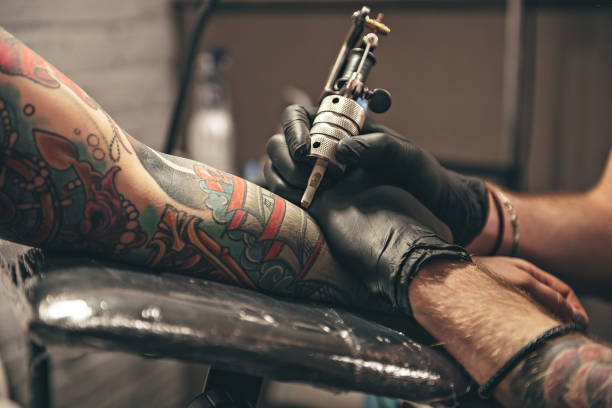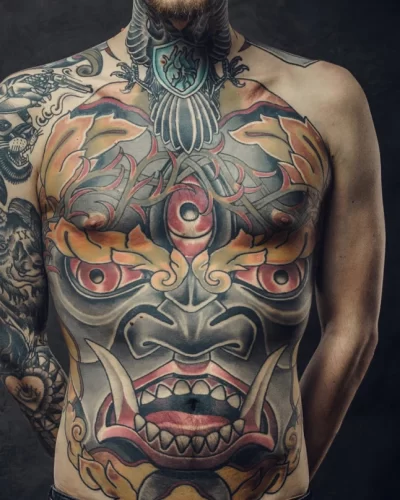Japanese tattooing is not just a tattoo style; it is an artistic tradition adorned with centuries-old meanings, mythologies, and personal stories. In this article, I will explore the history, techniques, and impact of Japanese tattoo culture in the modern tattoo world, presented from the perspective of both artists and tattoo culture enthusiasts in a straightforward and accessible way.
History of Japanese Tattoos

Key Characteristics of Japanese Tattoos
Traditional Technique: Tebori

Modern Japanese Tattoo and Its Global Influence
Japanese tattoos continue to maintain their popularity both in Japan and the West. Thanks to the Neo-Japanese style, traditional motifs are combined with modern drawing techniques.Japanese tattoos are not just a visual aesthetic; they are a form of storytelling woven with patience, meaning, and tradition. When embracing this culture, it is essential to respect not only the choice of motifs but also the profound meanings they carry.
If you are considering getting or creating a Japanese-style tattoo, remember: Every Japanese tattoo tells a personal story.
Frequently Asked Questions (FAQ) About Japanese Tattoos
1. What is the most suitable body area for a Japanese tattoo?
Japanese tattoos generally yield the best results on large areas. The back, chest, shoulder, and arm (in a sleeve style) are ideal locations. The natural lines of the body are considered to maintain the flow of the design.
2. Is the Tebori method more painful?
Contrary to popular belief, in the hands of a skilled artist, the Tebori technique can be less traumatic than machine tattooing. While the pain threshold varies from person to person, the Tebori movement is smoother and more balanced.
3. Do Japanese tattoos always have to be large? Can I get a small Japanese-style tattoo?
Yes, small Japanese-style tattoos are possible. However, the characteristic details and layered meanings of this style are more apparent in large designs. If opting for a small motif, simplified yet meaningful compositions are recommended.
4. Is it more common to have colorful or black-and-white Japanese tattoos?
Traditional Japanese tattoos are typically colorful, known for their black outlines and vibrant color blocks. However, simplified black-and-gray (black & grey) Japanese tattoos have also become popular in modern interpretations. The choice is entirely personal.
5. Is there any cultural consideration I should be aware of before getting a Japanese tattoo?
Yes. Japanese tattoos carry deep symbolism rooted in a rich culture. It is essential to understand and respect the meanings behind the motifs. For example, the Hannya mask, though aesthetically appealing, represents themes of anger and jealousy. Make sure your tattoo aligns with your personal values and story.
6. Can I find an artist in Turkey who uses the Tebori technique?
The Tebori technique is practiced by a limited number of artists outside Japan. In Turkey, such artists are rare. If you prefer a traditional Tebori tattoo, ensure that the artist has received proper training. Alternatively, high-quality machine-made Japanese tattoos are also a viable option.
7. How do Japanese tattoos age over time? Do the colors fade?
Japanese tattoos made with quality ink (not dye) and proper technique can remain vibrant for many years. Large, simple shapes and bold outlines provide an advantage in aging gracefully. However, protecting the tattoo from sun exposure and maintaining good skin care are crucial for long-lasting vibrancy.
“If you are considering a Japanese tattoo, feel free to visit our studio for a face-to-face consultation about the meanings of motifs and the design process. We would be happy to discuss the most suitable design for your story.”

